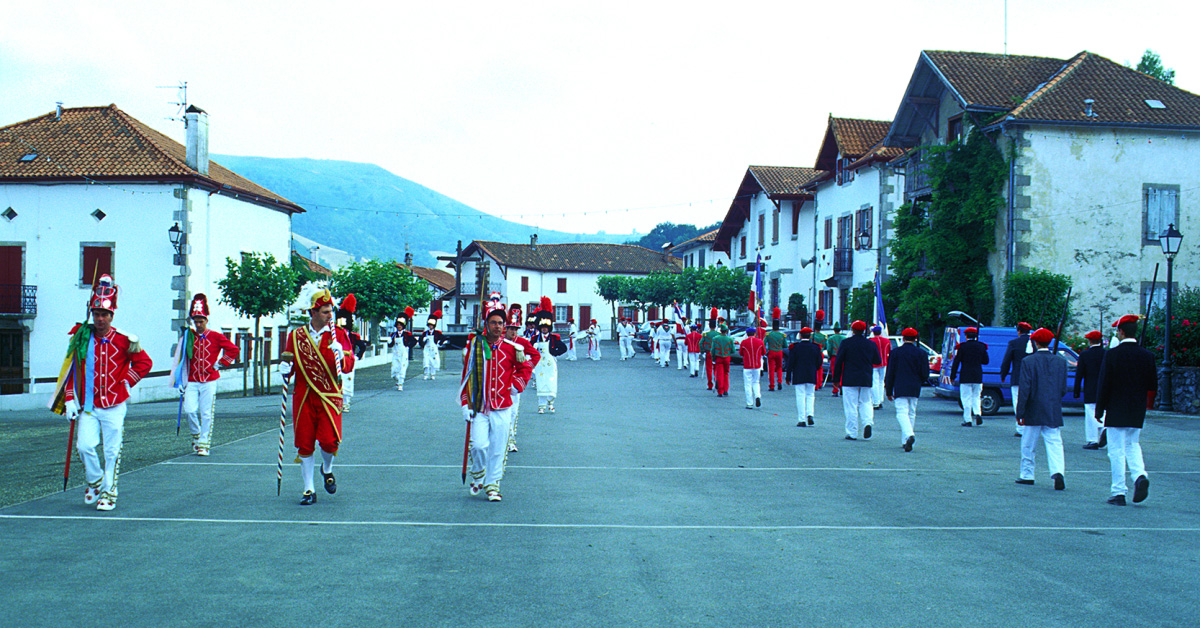Archives
Around fifty years after 1264, the year in which Pope Urban IV instituted the feast of Corpus Christi (“the Body of Christ”), processions began to form part of the celebrations. “Extraordinary” figures (costumed figures known as giants and big heads, the dragon-like tarasca, troupes made up of members of guilds, etc.) were included with great pomp and circumstance. However, with the passing of time and following the recommendation of the Second Vatican Council to get rid of so much paraphernalia, the festivity has been gradually celebrated on an ever-smaller scale (and in many cases it has disappeared) right up to the present.
The years have not been kind and only a few places now retain or have recovered certain features of the feast day. Special mention should be made of Toledo, Seville, Valencia and other towns with unusual and even eccentric characters. Only a handful of towns or villages celebrate it here. Along with the flag waving in Lesaka, Bera and Doneztebe, Oñati is where the feast day has continued to be celebrated, with barely any changes, since the 16th century.



